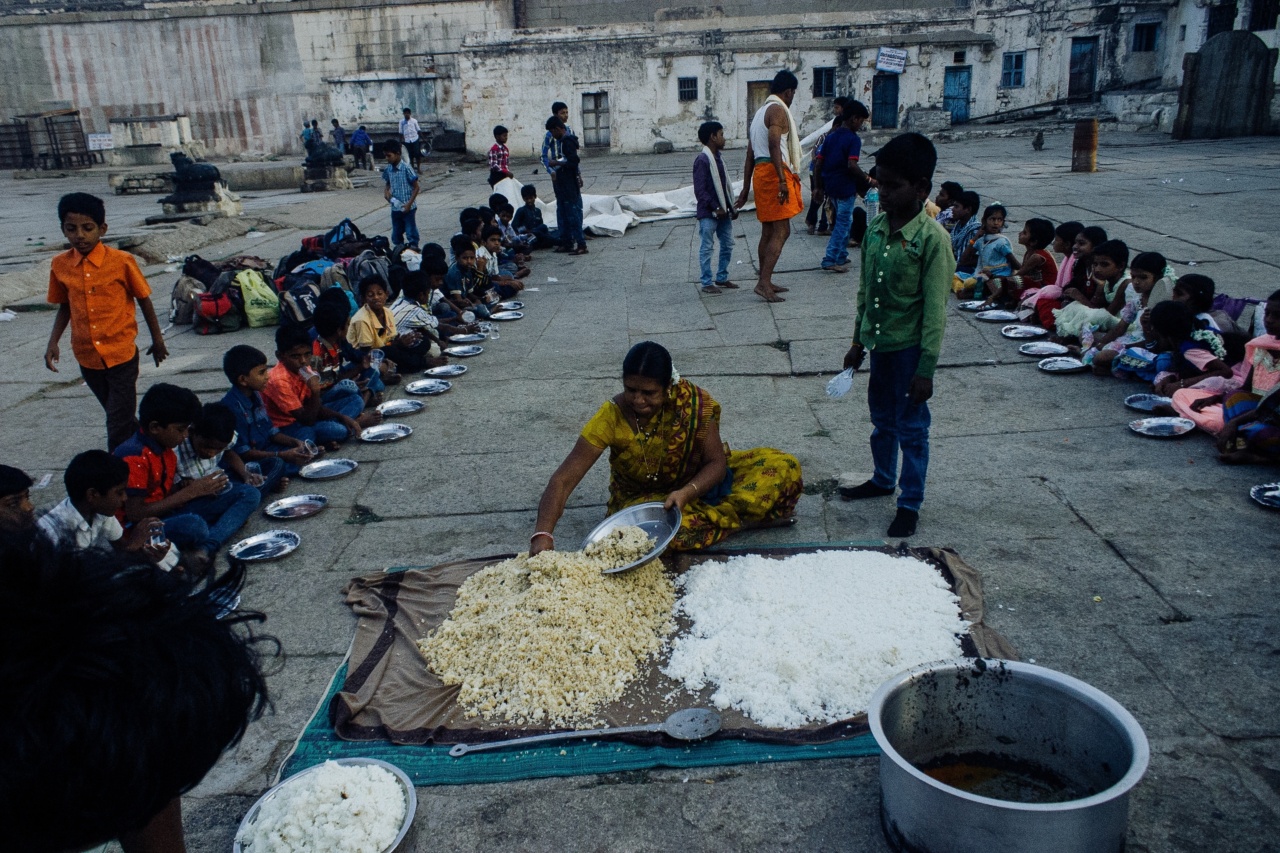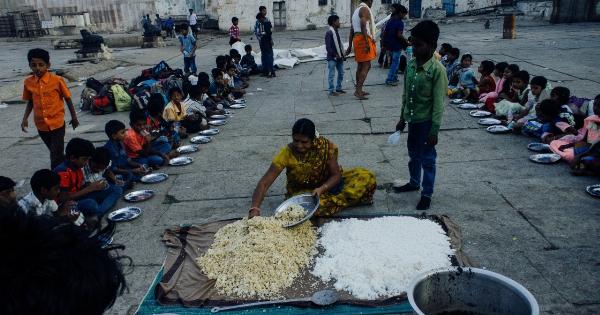As the world evolves, so does the dietary habits of individuals, and children are one of the major groups affected.
Due to the high calorie content in sweet and fat-rich foods combined with the sedentary lifestyle of most children, there has been an increase in obesity rates in children in recent times. As such, rough foods are becoming increasingly important for children, especially those at a dangerous age. In this article, we’ll discuss why rough foods should be a priority for parents of young children.
What is Rough Food?
Rough food refers to foods that are rich in dietary fibre, low in sugar and have a coarse texture.
Generally, rough foods are whole grain products like brown rice, oats, and barley, as well as fruits and vegetables with edible skins like apples, carrots and green beans.
Dangerous Age for Children
The dangerous age for children is between the ages of 2 and 6 years. At this age, children are prone to developing unhealthy eating habits and being picky eaters which can lead to the rejection of vital foods essential for their growth and development.
With less physical activity and more snacking, this age group is especially vulnerable to obesity and other health hazards associated with poor nutrition.
Health Benefits of Rough Foods for Children
Rough foods are essential for growth and development in young children. Here are some health benefits of rough foods for children:.
- Promotes healthy bowel movement: The high dietary fibre content in rough foods promotes healthy bowel movement and prevents constipation in children.
- Reduces the risk of obesity: Rough foods are low in calories and keep children full for longer periods, reducing their craving for sugary and fatty foods.
- Preserves teeth: Rough foods can help scrape off plaques, reducing the risks of caries and tooth decay in children.
- Reduces the risk of type-2 diabetes: Rough foods prevent sudden spikes in blood sugar levels and reduce the risk of type-2 diabetes.
- Maintains optimal digestion: Rough foods help break down foods, making their digestion easier while reducing the accumulation of toxic substances in the body.
- Boosts immunity: Rough foods are rich in nutrients, minerals and vitamins that promote healthy growth and immunity against infections and diseases.
How to Incorporate Rough Food into Children’s Diet
Incorporating rough foods into children’s diet requires tact and creativity, here are some ways to do that:.
- Experiment with different recipes: To make the process of incorporating rough foods in your child’s diet exciting, try different recipes and variations
- Start small: Start by incorporating small amounts of rough foods into your child’s meals, gradually increase the amount as they get used to the texture and taste
- Mix it up: Mix rough foods with other familiar foods your children are already used to for a better taste and texture.
- Make it fun: Garnish meals with fruits like strawberries or vegetables like carrots to create attractive and colourful meals for children.
Conclusion
As parents, we play a crucial role in ensuring that our children develop healthy eating habits as eating habits developed in childhood can have a lasting impact on their health.
Incorporating rough foods in the diet is a cost-effective and fun way of maintaining your child’s weight, boosting their immunity and promoting their cognitive abilities. With a little creativity and patience, rough foods can be easily incorporated into your child’s diet. Remember, healthy eating promotes a healthy life!.






























